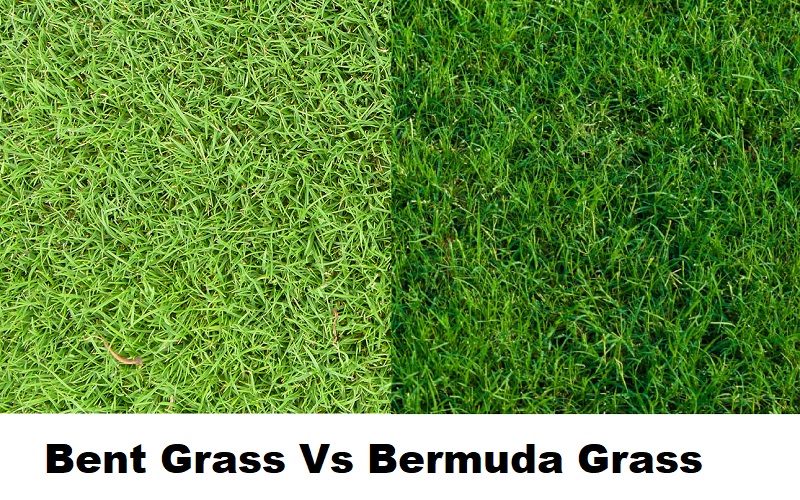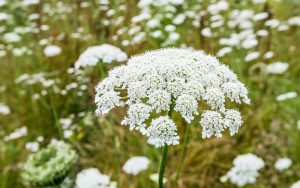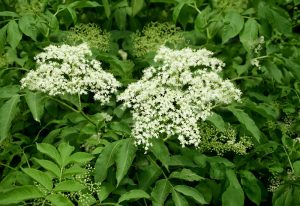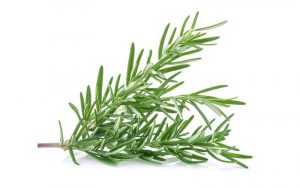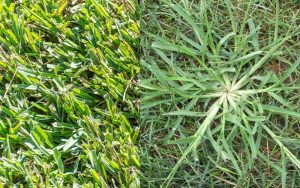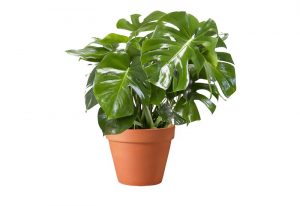There are lots of grasses that are used in the golf fields for creating a better playing experience. Among many kinds, bent grass vs bermuda grass serve the same purpose but the difference lies within the areas. That means they have different areas of growth. For example, bentgrass is more likely to grow in cooler regions like the northern areas. On the other hand, warmer regions are preferable for the bermudagrass. So, the people of the south should go for the bentgrass, and bermudagrass is for the north.
It is hard to distinguish both of the grasses as they are small in size. They have a quality to tolerate foot traffic. That means they do not get destroyed by the mere walking of people. Bent grass and bermuda grass are advantageous for decoration purposes as they give a mat-like cover to the lawn. The grasses are so dense that they can cover up a whole field like a mat. Initially, they are the same to look at but they have their own distinct features.
Check Out Top 3 Grass Seeds For your Lawn:
No products found.
The Differences Between Bent Grass & Bermuda Grass
It is not an easy task for a non-expert person to distinguish which grass is bent or Bermuda. Both of them are the best grass for greens. But if you focus on certain things then you could clearly detect the right grass. Some differences between bentgrass and bermudagrass will ease the confusion of the people.
Differences In The Presence Of Grains:
The main difference is the structure of both of the grasses. With a clear observation, one can detect the differences in the structure between bentgrass and bermudagrass. The bermudagrass has dense grain on the growing part of the grass. But bentgrass is free from any kind of rough grains.
Variation In Color Of The Grasses:
From the very first observation between the two types of grass, one might think that they have the same color. The bermudagrass has a light green shade whereas bentgrass has an olive green shade.
Again, both of the grasses turn brown when there is a change of season. But the difference is that bentgrass turns brown due to extreme heat. In contrast, the bermudagrasses are more likely to turn into brown color during winter.
The Difference In The Growing Season:
The suitable weather of growth for both of the grasses is different. The bentgrass has a rapid growth in cold areas. When the temperature rises above 77 degrees the bentgrass lose its growth. On the other hand, bermudagrasses are more likely to grow fast when the temperature is above 80 degrees. This kind of grass admires the heat and grows when the soil temperature is high.
The Difference In The Watering Process:
The amount of water needed per day for the bentgrass and bermudagrass greens is not the same. It is important for the soil to remain moist as the moistness of soil helps in the growth of bentgrass.
On the other hand, frequent watering will stop the growth of bermudagrass. But whenever the bermudagrass is watered the watering must be deep. This deep watering makes the roots of the bermudagrass strong.
How To Identify Bentgrass
People often get confused when they try to differentiate different types of grasses like bentgrass or poa annua green grass. Well, with a clear observation power it is not hard to identify bentgrass.
The first thing that one should focus on is the color of the grass. At the initial stage of growth, the bentgrass is usually of light green color. With the passing over of time, the color of the bentgrass gradually changes to olive green color. Bentgrass is usually a winter grass and it sags due to the excess heat of summer. The bentgrass becomes brown due to less resistance to heat.
Secondly, you can identify the bentgrass with their height. The bentgrass needs to be cut down and keep the height at ¼ inches. It should not be mowed more than 1 inch. If you keep the usual height of the bentgrass then it will make the lawn bushy.
Thirdly, it also has a distinct growth of pattern that differentiates it from the other types of grasses. Bentgrass is more likely to grow in a horizontal pattern. This horizontal pattern of growth helps the grasses to give a dense mat-like structure to the lawns.
Also, another reason for the dense growth is the shallow root system. That means the root of this type of grass is fibrous. This kind of root does not go deep down to the soil. That means they closely attach to the soil surface and absorb water.
Lastly, the distinct structure of the bentgrass helps the people to identify them separately. They have sharp and narrow leaves that are usually shiny in nature. Moreover, bentgrass is free from grains. So, no grains are attached to the body of the bentgrass.
How To Identify Bermudagrass
The proper way to identify bermudagrass is to have a clear observation on the grass. The bermudagrass has a lot of grains on its leaves. These grains on the bermudagrass help people to distinguish them from the bentgrass.
Another thing that should take clear notice is the color of the grass. The bermudagrass is usually light green in color and the surface of this grass is rough. But the color changes due to the change of season. Bermudagrass is more likely to grow in humid and warm places.
So, this grass has a tendency to change its color into brown during winter. If you notice any grass in the lawn that has turned into brown color then that grass is surely a bermudagrass. High temperature plays a major role in the growth of the bermudagrass.
Moreover, it does not have a soft coverage like the bentgrass. The grains of the bermudagrass make the grass rough and irregular. Bermuda grass is more likely to be seen in the golf field of warm places. Champion Bermuda grass is more popular for the golf field than the normal bermudagrass.
The height of the bermudagrass is another important that one should notice. Bermudagrass can be up to 4-12 inches when it is not cut for a long time. However, you can identify the bermudagrass with the mowed length of the grass. Usually, bermudagrass becomes one or two inches in height after being mowed. The leaves of the bermudagrass are usually pointed in nature.
Bentgrass Vs Bermudagrass | Which One Is Best For Lawn & Golf
Both of the grasses are best for lawns and golf purposes. But the grasses can give their best service under their preferable weather. That means both bentgrass and bermudagrass are best but in different weather.
In the lawn, both of the grasses are equally beneficial. The shallow roots of the bentgrass give a dense structure to the lawn. This denseness of the grass makes the lawn more attractive to look. In warmer countries, people prefer bermudagrass to grow on the lawns. The heat-resistant nature helps them to survive above 90 degrees of temperature.
Bentgrass gives a smoother surface to the golf field. There are no grains that make the surface of the golf field smoother than the bermudagrass. If historic games are taken under this reference then we will find that for golf bentgrass serves best. On the other hand, player sometimes finds it hard to play in the golf field with bermudagrass.
Bermudagrass consists of grains that make the field rough. It is hard to balance the ball and the ball tends to take more brake. But if you know the proper techniques to play in the bermudagrass then you can ace the game. Generally, bentgrass is more preferable in the golf field than the bermudagrass. The colder regions plant bentgrass in the golf field. In the hotter region, bermudagrass serves the best.
How To Take Care Of Bentgrass And Bermudagrass
It is not hard to take care of the bentgrass and bermudagrass. Having a proper idea about the watering limit and mowing process is enough to take proper care of these grasses.
In the case of bentgrass, it is required to water 5-7 times a day. This type of grass needs frequent water because the soil needs to be moist. Bentgrass grows well when the soil remains moist. But it is better to mulch the soil for the proper growth of bentgrass.
Mulch will lower the watering requirement of bentgrass. If you mulch the soil, then there is no need for frequent watering. It is enough to water the grass 2-3 times a day when there is mulch. For the creeping bentgrass, you need to mow up to 1-2 inches.
Due to the different preferences of weather, you need to take care of the bermudagrass in a different way. There is no need for frequent watering for the bermudagrass to grow. Instead of frequent watering, Bermudagrass needs deep watering to grow.
Conclusion:
It is hard to figure out the best one between the bent grass vs bermuda grass. Both of the grasses serve the best in their preferable weather. Bermudagrass is best for both the decoration of lawns and golf fields in warm regions. In contrast, bentgrass shows its best features in the cold regions of the world.
